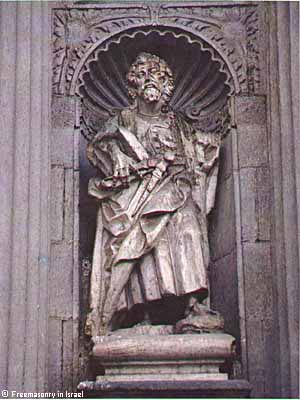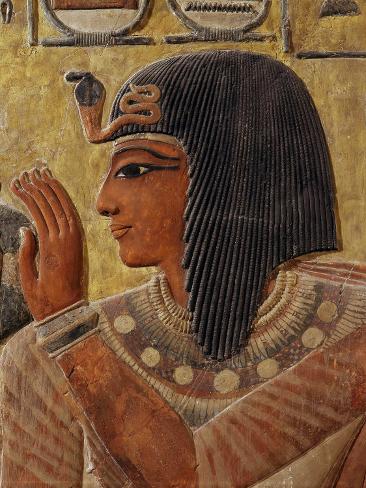In contrast, ‘Before Solomon’s time, Israel was not known for maritime trade’ (King et al, p. 183, 2001). However, ‘the biblical text describes how important trading by sea became for Israel’ (ibid) during his reign so that ‘“King Solomon built a fleet of ships at Ezion-Geber, which is near Elath on the shore of the Red Sea, in the land of Edom” (1 Kings 9:26)’ (http://www.biblicalstudies.org.uk/article_tyre.html). Having given above backgrounds, it might have been quite plausible for both kings; Solomon and Hiram of Tyre, to have embarked on a co-operative joint venture in a following way: ‘The fleet was Solomon’s, but it was manned by Phoenicians skilled in sailing. Together Solomon and Hiram may have controlled trade from the Red Sea eastward to Africa and Arabia. “They [sailors of Solomon and Hiram] went to Ophir, and immediately imported from there four hundred twenty talents [14,400 kilograms] of gold, which they delivered to King Solomon” (1 Kings 9:28)’ (ibid). Furthermore, ‘Solomon built a commercial fleet called “ships of Tarshish”, a biblical term signifying heavy, seagoing merchantmen. From the context it is evident that these ships were able to make long voyages: “For the king [Solomon] had a fleet of ships of Tarshish at sea with the fleet of Hiram. Once every three years the fleet of ships of Tarshish used to come bringing gold, silver, ivory, apes, and peacocks” (1 Kings 10:22)’ (ibid).
 |
| King Solomon |
Despite there have been various academic arguments, it would be safe to say that the location of both Ophir and Tarshish yet remain uncertain. More importantly, the points here could be summed up as following: ‘What Solomon gained by the alliance was knowledge of the Phoenician manner of trading… he built ships and sent his own servants, under Phoenician masters, to trade with (a gold-producing country, possibly) Arabia. The profits went into the king’s coffers. As Arabia was a gold-producing country, we need not suppose that South Africa was reached by these fleets. Whether the commerce of India reached him by this route is not certain. The list of products imported has sometimes been interpreted in this sense. But one or two obscure words in a comparatively late text can hardly establish the conclusion’ (http://www.newadvent.org/cathen/14135b.htm). In addition, the relationship between Israel and Tyre worked beneficial for both nations because ‘Tyre depended upon Israel for its food supply (Acts 12:20), while Israel made use of the two major assets of Tyre: its access to the sea-trading routes and its abundant supply of timber (1 Kings 5:8-11) [Patterson & Austel, 1988: 58]’ (http://www.biblicalstudies.org.uk/article_tyre.html).









